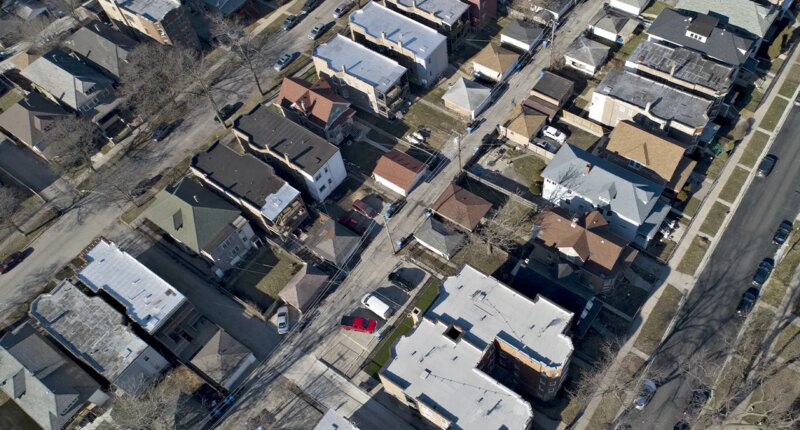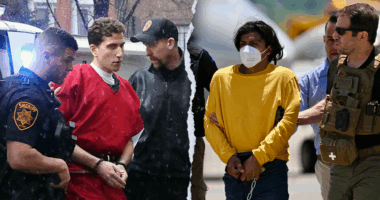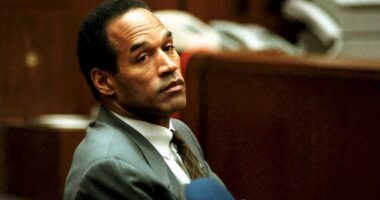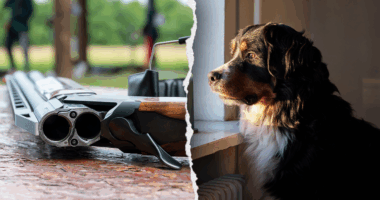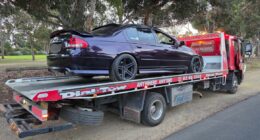Share this @internewscast.com
Residents in Chicago are demanding explanations as their property tax bills rise, with many expressing dissatisfaction over the lack of noticeable improvements in their neighborhoods.
In the West Side neighborhood of Lawndale, individuals shared with ABC7 Chicago that despite escalating taxes, their local environment remains largely unchanged, sparking concerns about how their contributions are being utilized. To address these issues, community leaders and the Lawndale Christian Development Corporation organized a gathering at a local church, dubbing it a “property tax bonfire,” according to the station’s report.
“For years, there’s been a lack of investment in our community, and now it feels like as interest grows in revitalizing the area, we’re being financially penalized for it,” remarked Milton Clayton, a resident of Lawndale, during an interview.
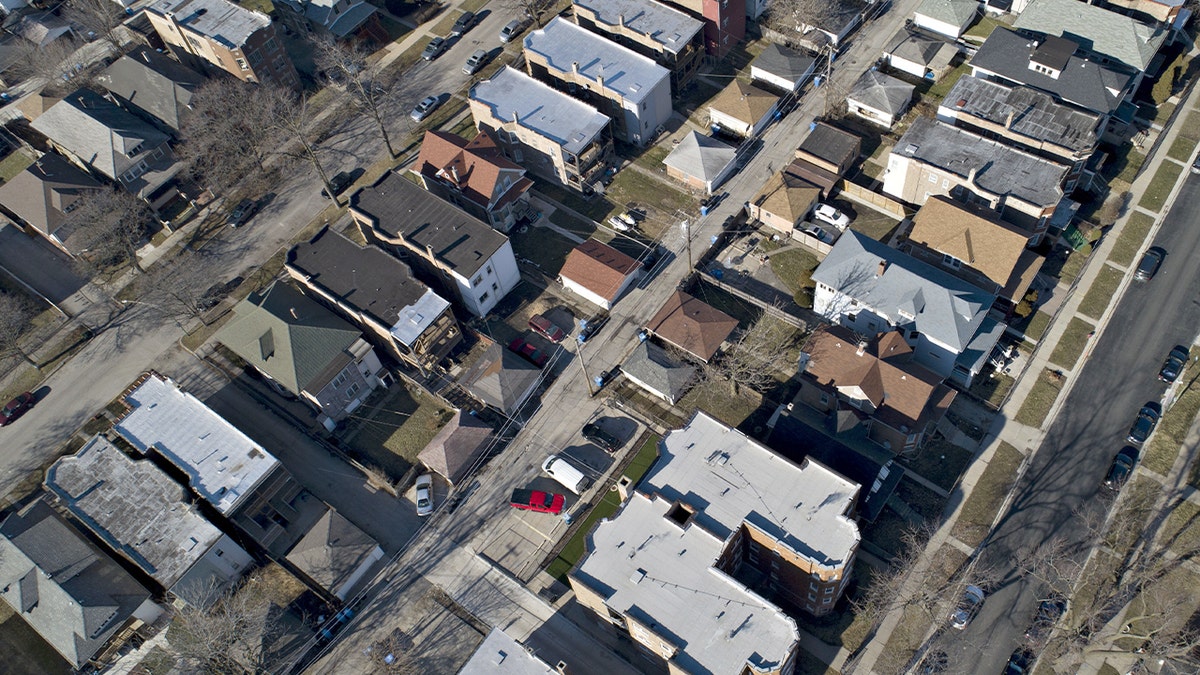
Homes are seen in this aerial view of a Chicago neighborhood taken on January 8, 2020. (Daniel Acker/Bloomberg via Getty Images)
Thomas Worthy, another local resident, mentioned receiving a bill in mid-November that was nearly $1,000 more than his previous year’s payment.
“The tax hike seems linked to a TIF, but I have no clue why,” Worthy explained. “It’s pulling funds from our community, yet we’re left in the dark about the specifics included in the bill.”
A TIF, or tax increment financing, is a funding tool that uses the increase in property tax revenue within a designated area to fund local redevelopment and infrastructure projects, according to the City of Chicago’s government website.
“We understand utilities are going up and things of that nature, but it’s a valuation issue,” Worthy added. “We don’t have the schools we need. It’s economics that are not here, but we’re being charged to pay for economics in other people’s communities.”

The “Greetings from Chicago” mural brightens a street in the city’s Logan Square neighborhood on March 30, 2018. (Patrick Gorski/NurPhoto via Getty Images)
The Illinois Policy Institute, a nonpartisan research organization, found more than half of a Chicago homeowners’ property tax bill goes to Chicago Public Schools.
“Illinoisans pay the second-highest property tax rate in the U.S., shelling out about 2.07% of their property’s value each year. That’s more than double the national rate,” the organization noted. “It’s even worse in Cook and the collar counties. Cook County in 2022 ranked among the nation’s 100 most expensive for property taxes, with property taxpayers spending more than the typical homeowners in California’s Orange County, Los Angeles County or San Diego County.”
Chicago Mayor Brandon Johnson is facing pushback from City Council members over his proposal to extract a record $1 billion from TIF districts to balance his $16 billion 2026 budget, The Chicago Tribune reported in late October.
The proposal would draw funds from 68 of the city’s 108 TIF districts, including several on the South and West Sides, raising concerns among aldermen about potential delays in long-promised neighborhood improvements.
Supporters say the move would shore up city finances and boost school funding.
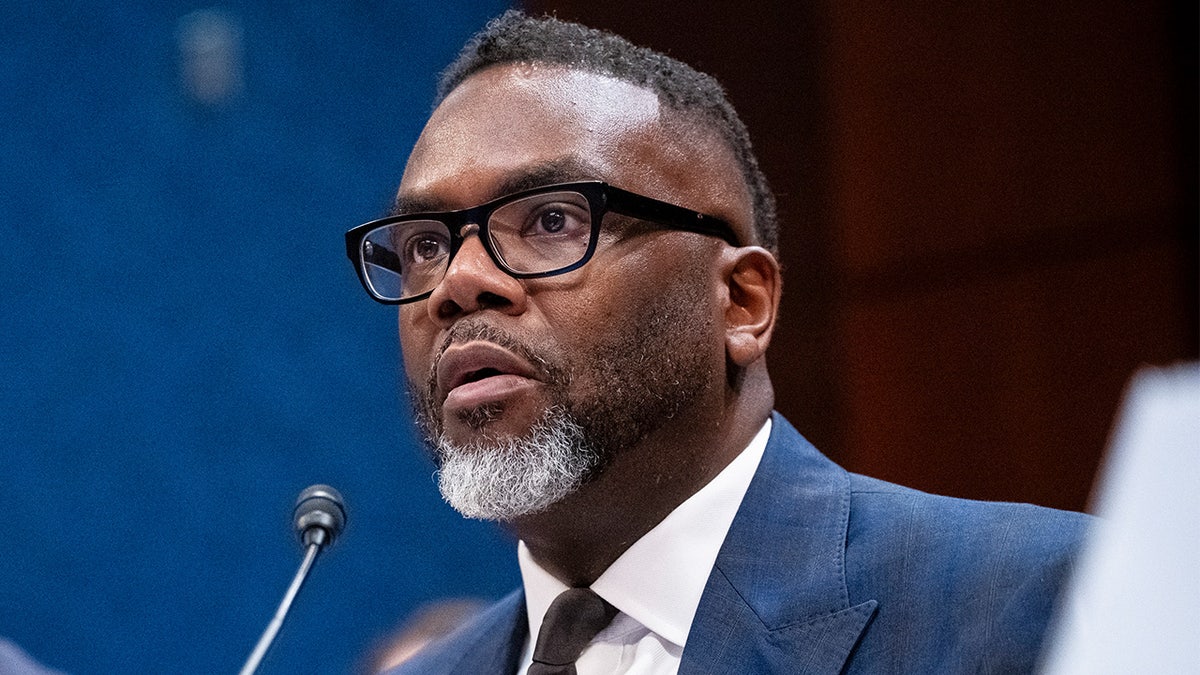
Mayor Brandon Johnson testifies during a House Oversight and Government Reform Committee hearing on sanctuary cities, at the U.S. Capitol, on March 5, 2025, in Washington, D.C. (Graeme Sloan for The Washington Post via Getty Images)
Cook County Treasurer Maria Pappas said at a Chicago Rainbow PUSH Coalition event Saturday that homeowners can find property tax bill payment plans for up to 13 months.
“You do not have to pay your bill on Dec. 15,” she told residents. “You hear that? You don’t have to pay it. Let me tell you why. We went to Springfield last year and set up a payment plan.”
